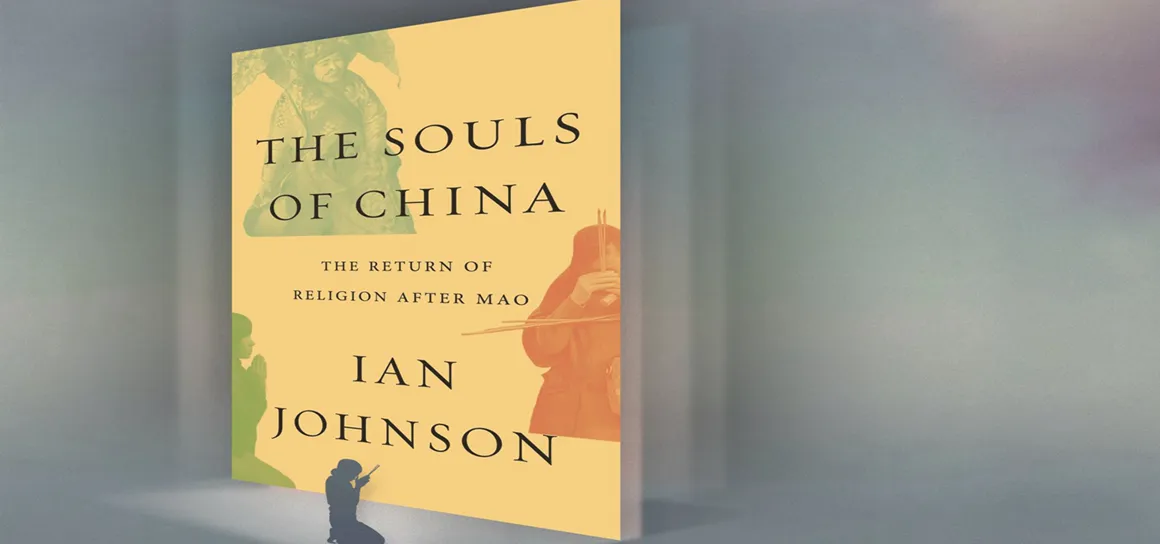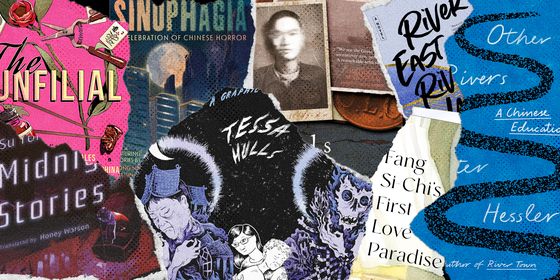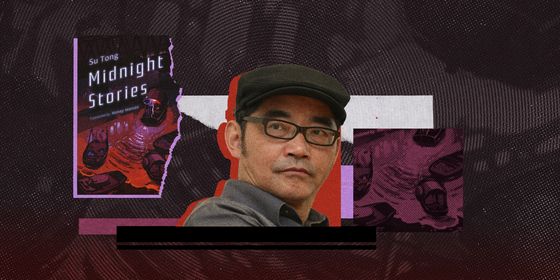In his masterful book, Ian Johnson goes in search of Chinese spiritualism—and finds it everywhere
Towards the beginning of Ian Johnson’s masterful new study, Souls of China: The Return of Religion After Mao, one of his interviewees muses: “We thought we were unhappy because we were poor. But now a lot of us aren’t poor anymore, and yet we’re still unhappy. We realize there’s something missing and that’s a spiritual life.”
Souls of China is about religion and religious practice in China today, but it also tells a broader story. In this way, it recalls Leslie T. Chang’s 2009 book, Factory Girls: From Village to City in a Changing China. At first glance, both seem about a very particular aspect—the young, female workers of Shenzhen for Chang; religious practitioners, and groups from around China, for Johnson—of the “China Story.” Ultimately, both use that aspect to pry open a window which allows outsiders to develop a richer and more comprehensive understanding not only of the subject of inquiry but also of the profound, often unsettling changes going on in China today.
At the same time, China is an immense country with considerable diversity. There is no unified or uniform “Chinese culture,” much less a static and all-encompassing conceptualization of religion. Johnson chooses his subjects carefully and tells their stories well, taking pains to remind the readers that the experiences are not necessarily representative, but part of a larger mosaic: that of a startling resurgence of religious practice, belief, and organization across the country. As Johnson writes, “Faith and values are returning to the center of a national discussion over how to organize Chinese life.”
But just how important is religion in China? For many people, including quite a few living in China today, Chinese society represents a kind of secular utopia. Confucius was a great moral philosopher, not a prophet. Under the Communist Party, relics of feudal superstition were swept away—often energetically so—to make way for modernization and reform.
Part of the challenge, according to Johnson, is how we frame our questions. He cites a 2005 survey that found only 11 percent of Chinese agreed that morality was linked to religion and 61 percent identified themselves as atheist. But those polls used the term 宗教 (zongjiao), a relatively modern label freighted with sociological and political baggage. When surveys use the term for “faith,” 信仰 (xinyang), or asked whether people believed in “moral causality” (报应 baoying), the results paint quite a different picture. According to one study, 77 percent of people believed in baoying in one form or another.
But Johnson wants to do more than merely show that religion exists in contemporary China. His thesis is that religious practice is not only present but growing, as many people in China seek some kind of moral compass in a society frequently lacking in social faith and trust.
His subjects include a Beijing pilgrimage association; a family of Daoist ritual masters from Shanxi; an unofficial Protestant church in Chengdu; as well as meditation teachers, lay practitioners, pilgrims, saints, charlatans, and seekers. Johnson followed his sources—many of them multi-generational family groups—for several years from 2010 to 2016, organizing their stories in discrete chapters which correspond to the traditional Chinese lunar-solar calendar.
What is remarkable about this book, in addition to being a startling ethnography of these groups, is the way that each group—their practice, their identities, their very beliefs—is shown to be shaped by the pushes and pulls of modern life. The book is just as much about urbanization, alienation, economic development, competition, aspiration, corruption, city planning, agricultural reform, globalization, nationalism, and politics as it is about any particular religious group.
Readers who might be put off by the seemingly narrow focus of the subject should put those concerns aside to immerse themselves in a China which often goes unseen and under-reported, unless the story is one of religious oppression. Johnson does well to imbue his subjects with an essential sense of agency, neither dismissive of the challenges facing religious groups in China—particularly internationalist faiths like Christianity—or reduce his subjects to mere victims.
And what of the state? While officially atheist, the Chinese Communist Party, and the government in the post-Mao era, have shown a willingness to promote “traditional beliefs” as a way both to instill a virtuous moral culture in society, but also as part of a project to create a set of particularly Chinese (as opposed to “universal”) values.
The large number of subjects and the decision to tell their stories across the seasons mean that the reader jumps from Beijing to Shanxi to Chengdu, then back again several times. Readers unfamiliar with Chinese names might, at least early on, find themselves thumbing back to earlier chapters for a reminder of who is with which group, practicing what kind of ritual. But ultimately, the use of the Chinese calendar—and the explanations of how the calendar relates to belief in China—makes up for some of the initial confusion.
Overall, this is an impressive book, combining ethnography, journalism, substantial scholarship and an excellent prose style, as one would expect from an author whose work regularly graces the New York Times, the New York Review of Books and other publications around the world. It is also a subtle memoir. Johnson makes no secret of how his own religious journey is intertwined with many of the people he writes about. Rather than being a distraction, as might have been the case with an author of lesser talents, these asides provide insight into the practices and beliefs described by his interviewees.
As religious historian Jaroslav Pelikan has said (via the eminent Chinese historian Joseph Levenson’s classic Confucian China and its Modern Fate): “Tradition is the living faith of the dead, traditionalism is the dead faith of the living. And, I suppose I should add, it is traditionalism that gives tradition such a bad name.”
And yet, Johnson shows how today’s religious revival is more than just the reanimation of sages and practices, and that, ultimately, this might be a story bigger than China. As Johnson writes in his final chapter, “Perhaps because Chinese traditions were so savagely attacked over the past decades, and then replaced with such a naked form of capitalism, China might actually be at the forefront of this worldwide search for values.”












